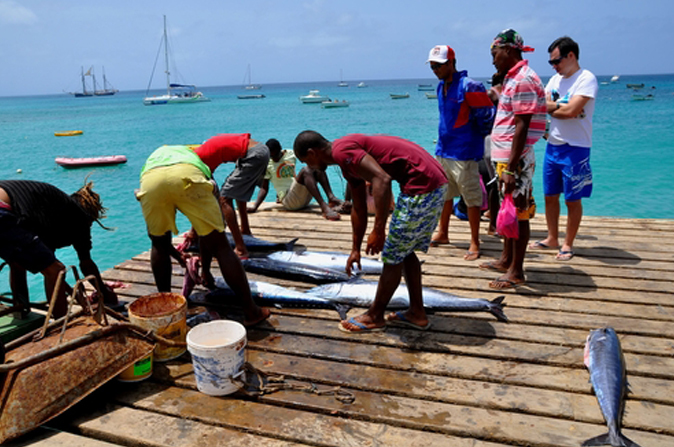Agriculture & Fisheries / Cape Verde
Reviving artisan fishing

©Styve Reineck / Shutterstock.com
Even though fishing accounts for only around 1% of the Cape Verdean GDP, fish and shellfish still account for almost 40% of the country’s exports and, most importantly, are a livelihood for many families. Developing the marine market is key to the future welfare of a country without land natural resources.
Instead of limiting its market to local fishermen, since 1990 Cape Verde secured a stable source of revenues for the country by opening its waters to foreign fleets. The current agreement with the EU, valid until August 2014, is worth $581,500 and allows Portuguese, Spanish and French fleets to fish for the region’s prized tuna, among other species. European ships are allowed to fish up to 5,000 tonnes per year.
Two years ago, with the objective to increase the yield of artisan fishers, the Government installed around the islands more than one hundred fish aggregating devices (FAD). These devices tethered to the ocean floor act as a mooring for plankton, a breeding site for small fishes that attract in turn larger fish species. The positive results of the system have convinced the fishermen, who have enjoyed bigger catches and reduced workloads. On Maio Island, yields have increased up to 30% thanks to the FADs, which also allows local fishers to operate closer to the coast. Nevertheless, problems in keeping up with maintenance are now endangering the continuity of a system that measurably improves the quality of life for a large part of the local population.
